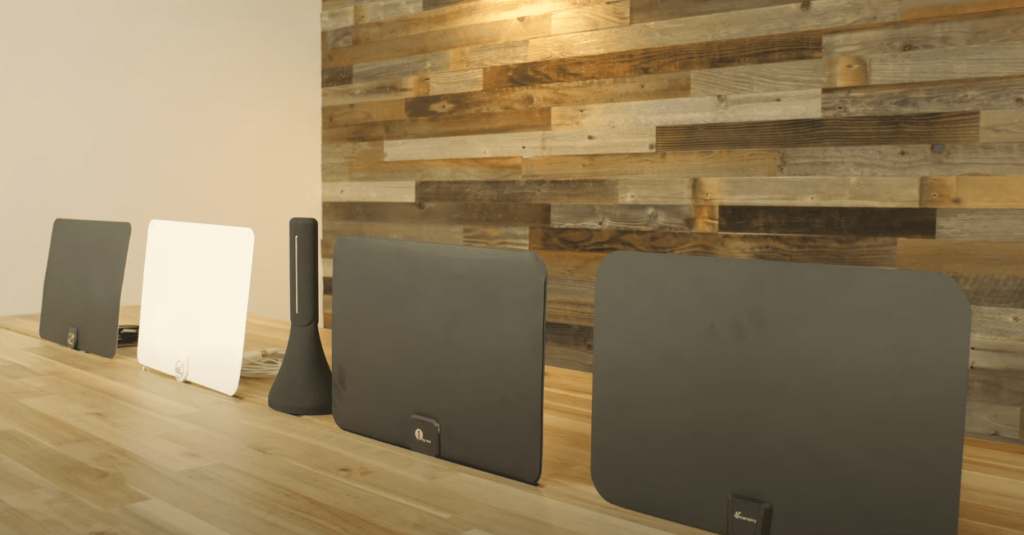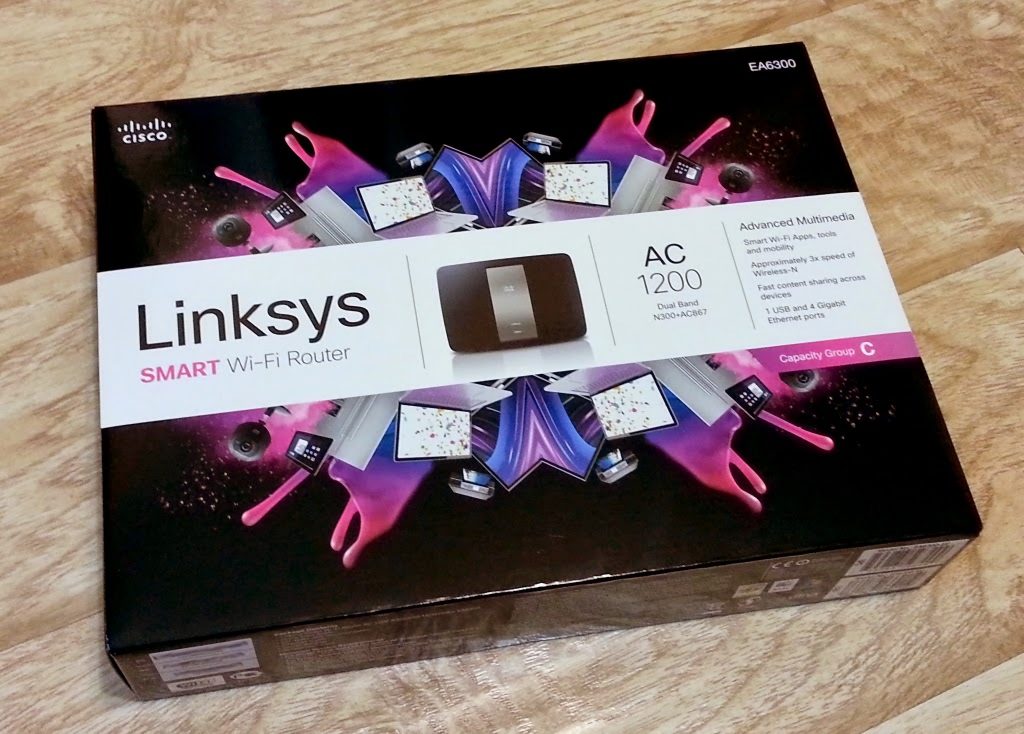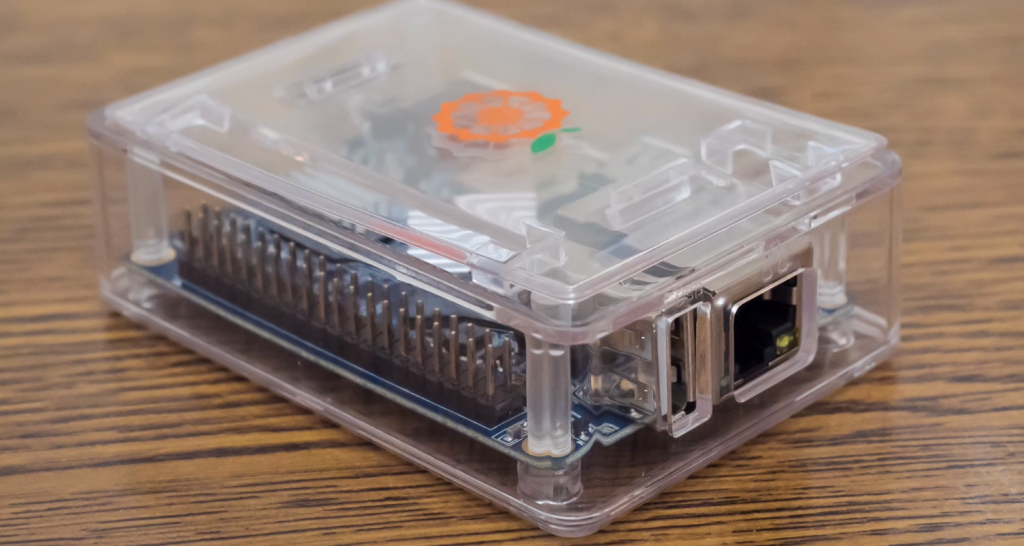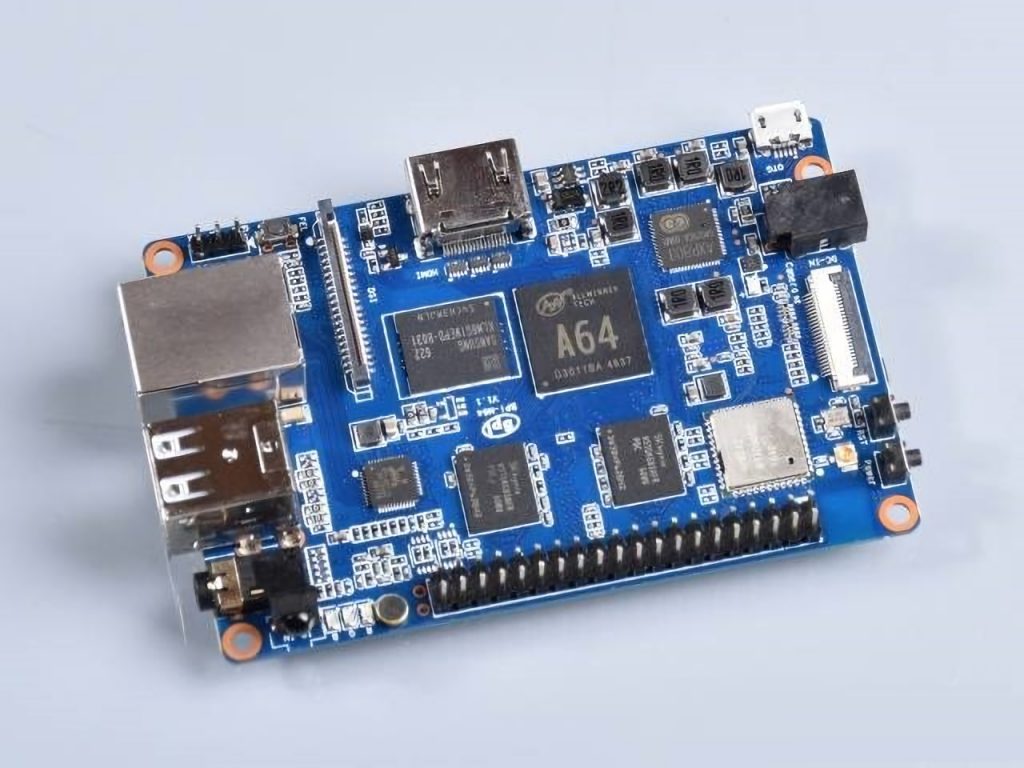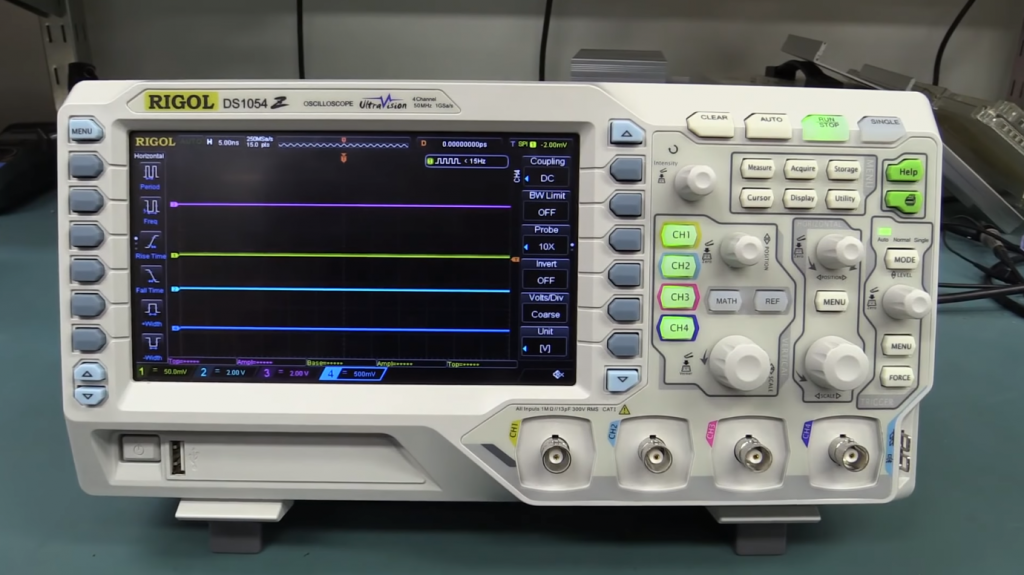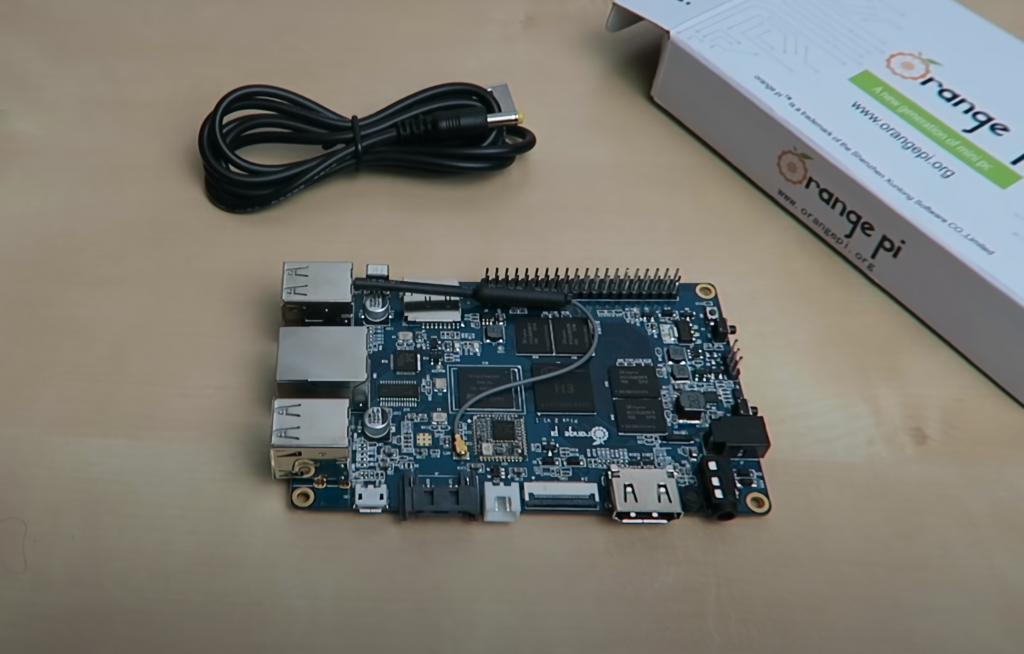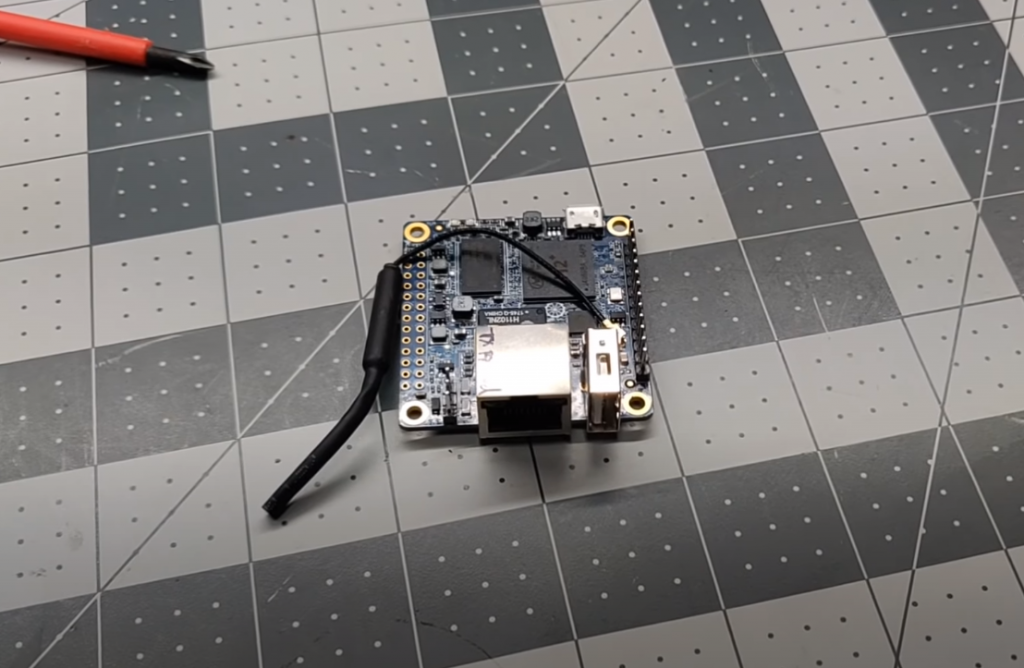Are you tired of not being able to watch the shows you love? Do you find yourself unable to pay for expensive cable and satellite subscriptions? The good news is that there is a way around this problem – live wave TV antennas. These antennas provide access to free HDTV channels with no monthly fees or charges. This article will discuss the best live wave TV antennas and how they can help you get the most out of your television experience.
Gesobyte Amplified HD Digital TV Antenna
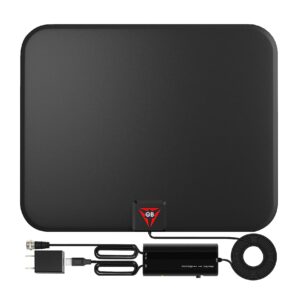 The Gesobyte Amplified HD Digital TV Antenna is a digital live wave TV antenna that provides full HD channels and ranges up to 200 miles. It comes with an 18 ft long coaxial cable and a USB power adapter for easy installation and use. The antenna also features a smart switch amplifier signal booster for enhanced performance.
The Gesobyte Amplified HD Digital TV Antenna is a digital live wave TV antenna that provides full HD channels and ranges up to 200 miles. It comes with an 18 ft long coaxial cable and a USB power adapter for easy installation and use. The antenna also features a smart switch amplifier signal booster for enhanced performance.
According to one review on Amazon, the Gesobyte HD antenna picked up twice as many channels as other antennas when scanning, including three of the four major stations. However, the same review notes that one expected channel was not picked up, resulting in a four-star rating.
It’s important to note that the performance of this live wave antenna can vary depending on factors such as the location of the broadcast tower, the distance from the tower, and the environment surrounding the antenna. To ensure the best results, customers are advised to re-scan for channels after moving the antenna and to visit this website for information on local broadcast tower locations and signal strengths.
U MUST HAVE Amplified HD Digital TV Antenna
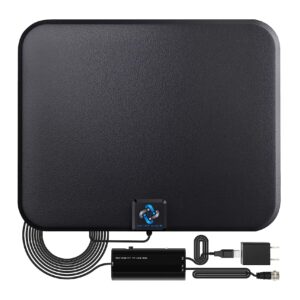 The U MUST HAVE Amplified HD Digital TV Antenna is a highly-rated product in the market. It can provide full HD channels with a range of up to 250 miles. The antenna also comes with an 18-ft long coaxial cable and a USB power adapter.
The U MUST HAVE Amplified HD Digital TV Antenna is a highly-rated product in the market. It can provide full HD channels with a range of up to 250 miles. The antenna also comes with an 18-ft long coaxial cable and a USB power adapter.
It’s important to note that after moving the antenna, it’s necessary to re-scan for channels, and for more information, you can visit DTV Reception Maps. Additionally, if your house is within 35 miles of the broadcast tower, it’s recommended to switch the amplifier to “short range”.
Overall, the U MUST HAVE Amplified HD Digital TV Antenna is a well-regarded product that offers high-quality picture quality and a large range, making it a great option for those searching for a reliable TV antenna.
Vansky Digital Amplified Indoor HDTV Antenna
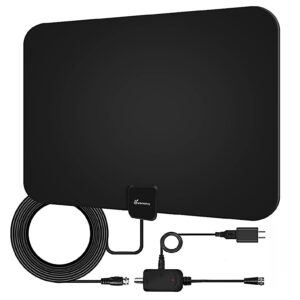 The Vansky Digital Amplified Indoor HDTV Antenna is a device that allows you to pick up HDTV local channels over the air. According to a customer review on Amazon, this antenna is a great option because it provides better reception than other antennas and doesn’t require AC power.
The Vansky Digital Amplified Indoor HDTV Antenna is a device that allows you to pick up HDTV local channels over the air. According to a customer review on Amazon, this antenna is a great option because it provides better reception than other antennas and doesn’t require AC power.
The antenna also comes with a detachable amplifier that helps to boost the signal, which is a great feature. According to another customer review on Amazon, when scanning for channels, you should opt to skip the analog channels as cable went digital collectively around 2010, and you will find nothing on there. The digital scanning will automatically set up the 40+ channels available in your area.
The power source type for the Vansky Digital Amplified Indoor HDTV Antenna is corded electric, and the connectivity technology is powerline. The output wattage for this antenna is 5.0 watts.
The majority of channels you can get over the air transmit 1080p, 720p, or even lower-resolution video using the ATSC 1.0 standard, which has been used since the digital TV switchover.
PBD WA-2608 Digital Amplified Outdoor HD TV Antenna
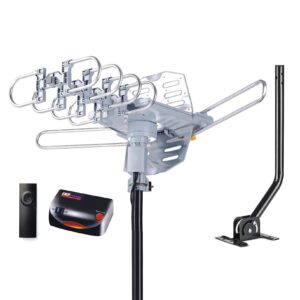 The PBD WA-2608 Digital Amplified Outdoor HD TV Antenna is a high-quality television antenna that boasts a long range of 150 miles and dual TV outputs. It supports Full HDTV with 720p, 1080p, and 4K resolution and has a working frequency of VHF 170 – 230 MHz and UHF 470 – 860 MHz.
The PBD WA-2608 Digital Amplified Outdoor HD TV Antenna is a high-quality television antenna that boasts a long range of 150 miles and dual TV outputs. It supports Full HDTV with 720p, 1080p, and 4K resolution and has a working frequency of VHF 170 – 230 MHz and UHF 470 – 860 MHz.
This means you can receive free digital broadcast high-definition TV signals without needing special adapters.
This live wave antenna is a great option for those looking for a long-range, high-quality TV antenna. With its dual TV outputs, easy installation process, and high-definition support, this antenna provides a convenient and cost-effective solution for receiving free digital broadcast TV signals.
Philips SDV7114A/27 Indoor TV Antenna
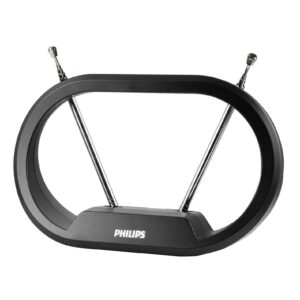 The Philips SDV7114A/27 Indoor TV Antenna is a high-quality live wave television antenna that promises to provide absolutely free HD channels with easy installation and compatibility with NEXTGEN TV (ATSC 3.0). This antenna also comes with U.S.-based technical support.
The Philips SDV7114A/27 Indoor TV Antenna is a high-quality live wave television antenna that promises to provide absolutely free HD channels with easy installation and compatibility with NEXTGEN TV (ATSC 3.0). This antenna also comes with U.S.-based technical support.
This antenna is a great option for those looking for an easy-to-install, high-quality TV antenna. With its compatibility with NEXTGEN TV (ATSC 3.0) and U.S.-based technical support, this live wave antenna provides a convenient and cost-effective solution for receiving free HD channels.
Buyer’s Guide
Importance of Choosing the Right Live Wave TV Antenna for Your Needs
A proper TV antenna is essential for those who want to enjoy their favorite local channels in crystal-clear HD. But when it comes to choosing the right antenna, many factors need to be considered. That’s why it’s important to know your specific needs and preferences before making a purchase.
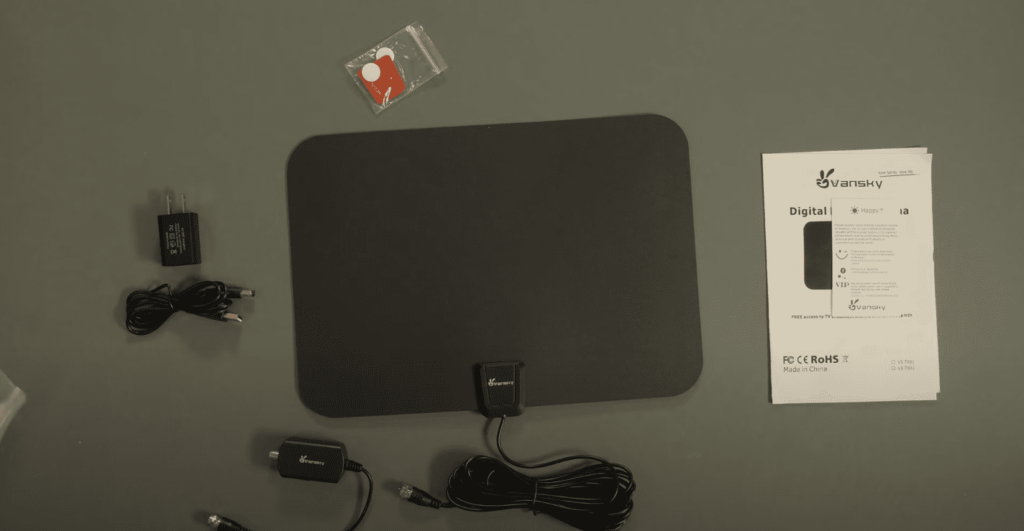
Live wave TV antennas come with various features and sizes that allow users to easily find the perfect fit for their home entertainment system. These antennas are designed with advanced technology – such as beamforming – that ensures maximum signal strength and range coverage, enabling users to watch all of their favorite local channels without interruption or poor reception. In addition, Live Wave antennas feature easy installation and setup processes so you can get up and running quickly without any hassle.
Factors to Consider When Buying a Live Wave TV Antenna
For those who are looking to purchase a live wave TV antenna, there are several factors to consider before buying.
Range and Coverage Area
When it comes to choosing the right TV antenna for your home, there are two important factors to consider: range and coverage area. The range is the maximum distance from which an antenna can receive a signal, while the coverage area is the area that can be serviced by an antenna without any obstructions, such as trees or buildings. When selecting a Live Wave TV Antenna, it’s important to understand how range and coverage area will impact your viewing experience.
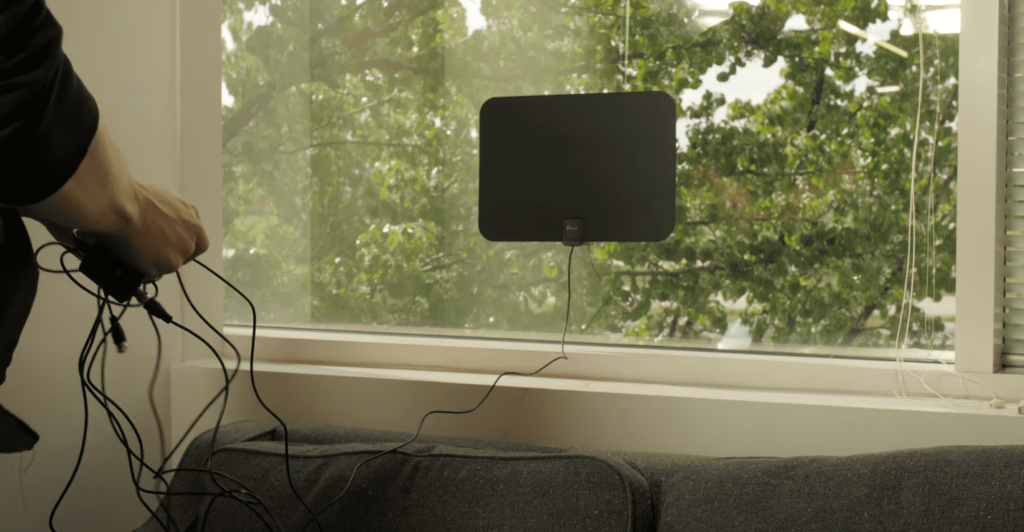
Range depends on the strength of broadcasting signals in your location and the type of antenna you purchase. Live wave antennas offer some of the best reception capabilities on the market – providing up to 250 miles of range with access to both UHF (Ultra High Frequency) channels and VHF (Very High Frequency) channels. This makes them ideal for receiving digital HDTV signals throughout a wide coverage area.
Compatibility With Your TV
When purchasing a Live Wave TV Antenna, it’s important to ensure that it is compatible with your television. Understanding the different compatibility requirements will help you save time and money when making your purchase. The most important factors to consider are the type of connection your television has, the size of the antenna you need, and the distance between your home and broadcast towers.
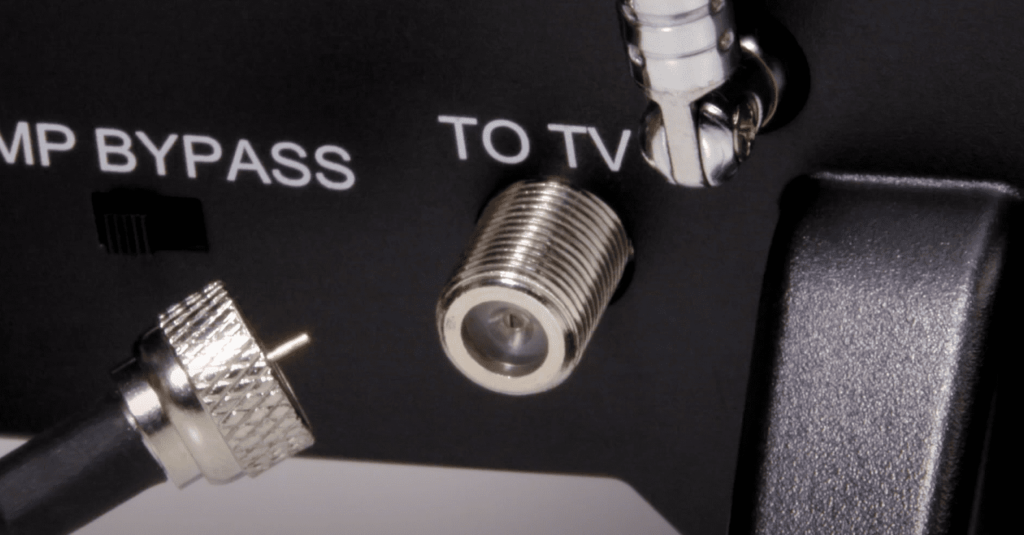
Your television must have either an HDTV tuner or a digital converter box for it to be able to receive over-the-air broadcasts from a live wave TV antenna. If your television does not have one of these devices, you will need to purchase one separately to properly use the antenna. Additionally, understanding the size and type of indoor or outdoor antenna needed based on where you live is essential if you want excellent reception quality.
Size and Design
The size and design of your antenna can greatly affect the reception quality you will receive. Before purchasing one, it’s important to consider how much space you have available in your home and what type of signals are available in your area.
The size of an antenna varies from small indoor models to outdoor models that are several feet across. A larger outdoor model typically has a better chance of finding more channels than an indoor model. However, if you live in an urban area where tall buildings block signals, both large and small antennas may be ineffective. You should also consider the antenna’s shape or design when purchasing – some designs have been proven to perform better than others, depending on their surroundings.
Price and Budget
Before buying a Live Wave TV antenna, you must consider the price and how much you are willing to spend.
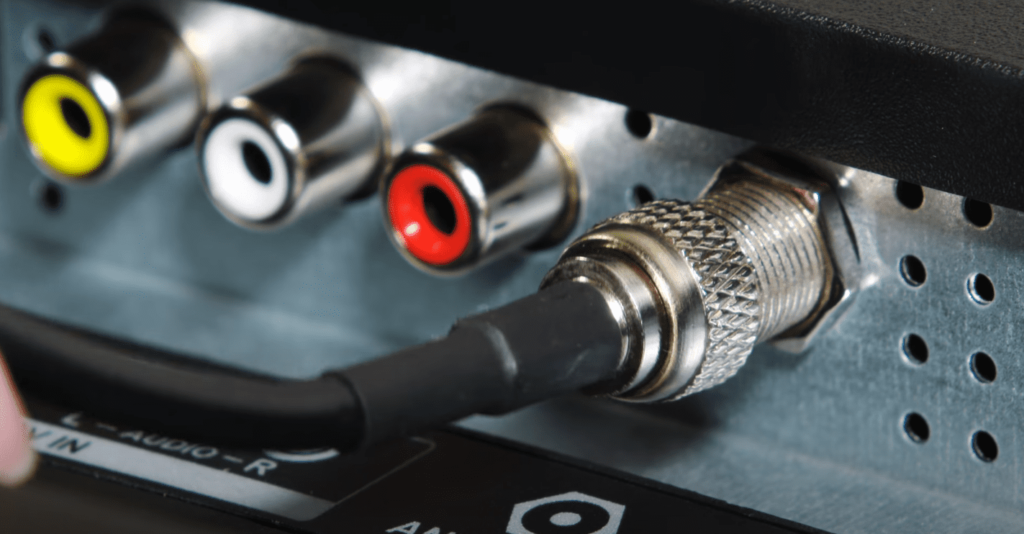
When looking at the price of a Live Wave TV antenna, it’s important to think about what features you want and need. For example, spending more money on an antenna with higher gain could be worth it if you live in an area with weak signal strength. On the other hand, if your area has strong signal strength, then spending less on an entry-level model might be a better option.
Installation and Maintenance of Live Wave TV Antennas
Installing a live wave TV antenna is relatively simple and can be done by following these steps:
- Determine the best location for the antenna: It is important to choose a location with a clear line of sight to the broadcast towers. This will ensure that you receive the maximum number of channels.
- Mount the antenna: Live Wave TV antennas come with a mounting kit with a bracket and screws. The antenna should be mounted to a solid surface such as a wall or roof and be pointed in the direction of the broadcast towers.
- Connect the coaxial cable: Once the antenna is mounted, connect the coaxial cable to the antenna and run it to your TV.
- Scan for channels: Once the coaxial cable is connected, turn on your TV and perform a channel scan. This will allow your TV to detect all available channels.
Maintenance of a live wave TV antenna is minimal and should only be required occasionally. The following tips can help keep your antenna in good working condition:
- Clean the antenna: Dirt and debris can accumulate on the antenna, so it’s important to clean it regularly to ensure it’s functioning properly. You can clean the antenna with a damp cloth or paper towel.
- Check the coaxial cable: Make sure the coaxial cable is securely connected to the antenna and TV, and check for any signs of damage. If you notice any damage, replace the cable to ensure the signal is not lost.
- Adjust the antenna direction: If you’re not receiving all of the channels you expect, you may need to adjust the direction of the antenna. This can be done by adjusting the mounting bracket or moving the antenna to a different location.
By following these simple steps, you can ensure that your live wave TV antenna is functioning properly and providing you with a clear and reliable signal.
FAQ
Are wave TV antennas any good?
Wave TV antennas are a great option for those who want to access free, over-the-air television. They are typically cheaper than other antenna options and easy to install. Furthermore, they can pick up signals from a wide range of broadcast towers, which means you can access more channels than other antennas.
The biggest downside of wave TV antennas is that their reception can be inconsistent depending on where you live. If you live in an area with tall buildings or many trees, your signal may not be as strong as it would be in an open area. Additionally, you may not get a good signal if your home is far away from any broadcast towers.
Overall, wave TV antennas are a great choice for those looking for an affordable way to access free television programming. However, it’s important to consider the location of your home when deciding whether this type of antenna is right for you.
Do amplified TV antennas really work?
Yes, amplified TV antennas do work. An amplified antenna boosts the signal of a regular antenna, allowing you to receive more channels and better picture quality. The number of channels you can receive will depend on your location and the type of antenna you choose. Generally speaking, an amplified antenna will pick up more signals than a non-amplified one.
The main advantage of an amplified TV antenna is that it can extend the range of your signal so you can get better reception in areas where the signal is weak or blocked by obstacles like hills or buildings. It also helps reduce interference from other signals in the area, improving picture quality and reducing static noise.
It’s important to note that not all amplified antennas are created equal; some have better reception than others. Do your research to find out which ones are best for your needs, and make sure to read reviews before making a purchase.
What’s better, 1/4 wave or 1/2 wave antenna?
Generally, a 1/2 wave antenna is more suitable for radio frequency (RF) applications than a 1/4 wave antenna because it doesn’t require a ground plane. A 1/2 wave antenna can also transmit more energy horizontally than a 1/4 wave antenna.
However, a 1/4 wave antenna is the shortest length without a lot of distortion, and it is recommended to use a ground plane to balance the voltage.
When comparing the two types of antennas, it has been noted that the difference in performance is only on the order of 1dB or so. An ideal 1/2 wave dipole antenna is said to have a 2.14dB increase in radiated power compared to a 1/4 wave ground plane antenna, which is around 50% more.
The choice between a 1/4 wave and a 1/2 wave antenna ultimately comes down to the application’s specific requirements and intended use.
Do 100-mile antennas work?
Yes, 100-mile antennas do work. They are designed to pick up very weak signals from far away distances. These antennas are typically used for long-distance communication, such as radio and television broadcasting.
The performance of a 100-mile antenna depends on several factors, including the type of antenna used, its design, the environment it is placed in, and the frequency of the signal being sent or received. Generally speaking, higher frequencies will travel further than lower frequencies. Additionally, certain types of antennas are better suited to certain environments than others. For example, a directional antenna may be more effective in an open field than an omnidirectional one.
To get the most out of a 100-mile antenna, it is important to choose one that is designed for the specific purpose you need it for and ensure that it is installed properly in an area with minimal interference.
Do live wave TV antennas come with a warranty?
Yes, many live wave TV antennas come with a warranty. Depending on the brand and model of the antenna you purchase, the warranty may be anywhere from 30 days to 1 year. Most manufacturers provide limited warranties that cover defects in material and workmanship but do not cover any damages caused by misuse or improper installation.
It is important to read the manufacturer’s warranty before purchasing a live wave TV antenna to know what is covered and for how long. Additionally, it may be worth considering an extended warranty if available, as this can provide additional protection if anything goes wrong with your antenna. You will usually get a longer period of coverage with an extended warranty than with the standard manufacturer’s warranty.
Are there any additional costs associated with using the live wave TV antenna?
Generally, no. The live wave TV antenna is a one-time purchase and does not require additional use costs. Once you have purchased the antenna, you need to connect it to your TV, and you’re ready to start enjoying free HDTV channels.
However, additional costs may be associated with using the live wave TV antenna, depending on your setup. If you don’t already have an existing coaxial cable in your home, you may need to purchase one to connect the antenna to your TV. Additionally, if you want to watch multiple TVs at once, you may need to purchase an amplifier or splitter to split the signal between multiple TVs.
Overall, the live wave TV antenna is a great way to access free HDTV channels without subscription fees or additional costs.
Does live wave antenna work in rural areas?
Yes, a live wave antenna can work in rural areas. Depending on the distance from the broadcast towers, you may need to use a higher gain antenna to receive the signal. High-gain antennas are more directional and require you to point them directly at the broadcast tower for optimal reception. Additionally, if there is any interference from nearby buildings or trees, you may need to adjust the orientation of your antenna to get the best signal possible. However, with some trial and error, a live wave antenna should be able to provide reliable reception in rural areas.
Related Video: Does It Really Work – Live Wave TV Antenna
Verdict
The best live wave TV antennas provide an excellent way to watch your favorite shows without subscribing to a streaming or cable service. They are cost-effective and can be used indoors and outdoors with HD-quality reception. When purchasing, customers should consider the range and type of antenna that best fits their needs.

